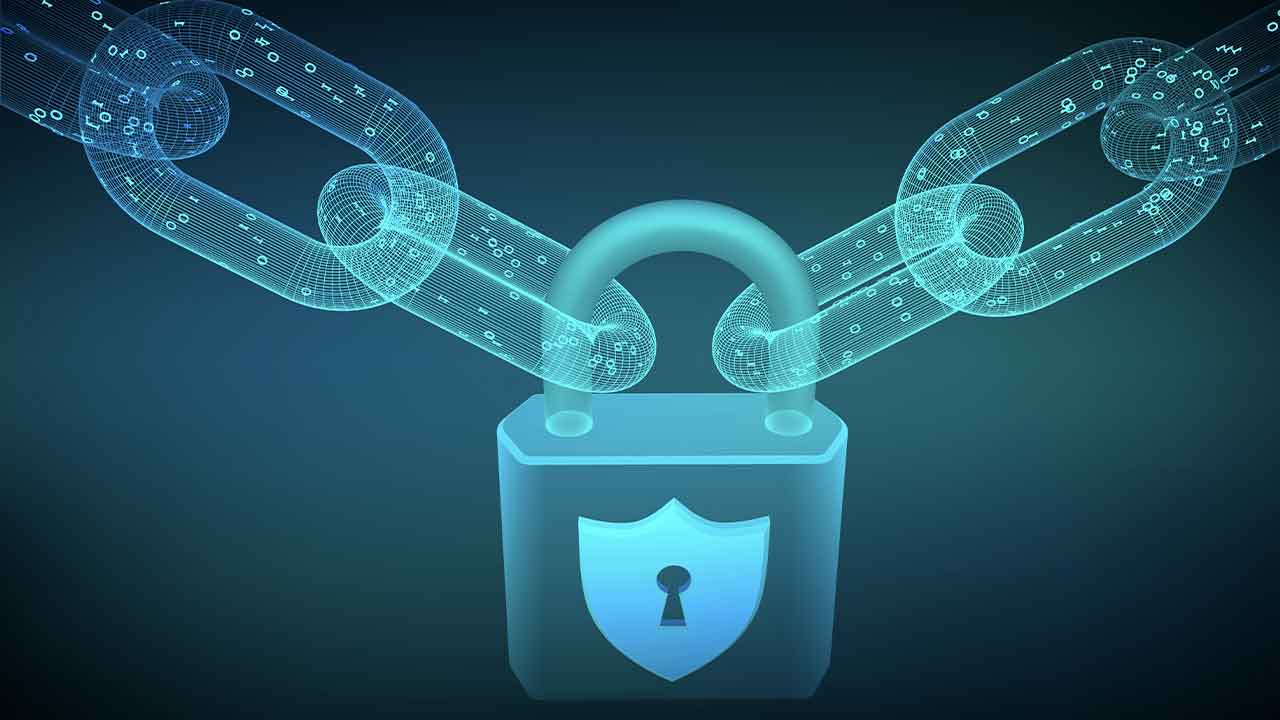Why ICS Cybersecurity Regulations Are Essential for Industrial Resilience
As industrial companies face heightened regulatory scrutiny and mounting cybersecurity challenges, staying ahead in the cybersecurity and compliance landscape has never been more critical. In a recent expert panel discussion, Ellen Boehm, SVP of IoT Strategy and Operations at Keyfactor, offered valuable insights into how companies can strengthen their security frameworks and comply with evolving industrial control systems (ICS) regulations. Below are some key takeaways from Ellen’s contributions that are particularly relevant for industrial IoT (IIoT) stakeholders.
As the cybersecurity landscape becomes increasingly complex, industrial companies, especially those managing industrial control systems (ICS), face heightened risks. From protecting sensitive data to safeguarding critical infrastructure, compliance with cybersecurity regulations has become essential. Here, we explore why ICS cybersecurity is crucial, the risks involved, and key steps organizations can take to meet regulatory demands without compromising operational efficiency.
Why ICS Cybersecurity Regulations Are Essential
Cybersecurity risks are no longer a secondary concern but a primary focus, especially for industries managing critical infrastructure such as energy, water, and transportation. Cyber threats targeting ICS environments have become more sophisticated, posing risks not only to individual companies but also to the broader economy and society. Regulatory adherence ensures these vulnerabilities are managed systematically, reducing potential downtime, data breaches, and even physical threats.
Building a Secure and Compliant ICS Environment
Compliance in an ICS environment is achievable with well-structured policies and consistent practices. Here’s how organizations can establish a secure environment that meets regulatory standards:
- Device Identity Management
- Creating secure device identities is a foundational step in securing ICS environments. By implementing certificate-based identity management, companies ensure each device is verifiable and trusted. This foundational layer of security also helps prevent unauthorized access, safeguarding operational systems.
- Automating Security Updates to Maintain Efficiency
- Due to long device lifespans, updating ICS equipment for cybersecurity compliance can be challenging. Automating security updates allows companies to deploy updates efficiently, maintaining compliance without costly interruptions in production.
- Implementing Lifecycle Policies
- Security isn’t static; it requires ongoing management. By establishing lifecycle policies for certificate issuance, revocation, and renewal, companies can maintain robust security throughout a device’s operational life. These policies also prepare organizations for potential future threats, including quantum computing, which may compromise today’s cryptographic standards.
Addressing IT and OT Security Gaps
In ICS environments, there is often a divide between traditional IT security practices and the needs of operational technology (OT). Bridging this gap is essential for a secure ICS setup:
- Adapting IT Security Principles for OT: Techniques like certificate-based authentication, which are widely used in IT, can be customized for OT environments, ensuring that only trusted devices access critical systems.
- Implementing Secure Gateways: Gateways help authenticate devices entering the network, allowing organizations to control access and protect critical infrastructure.
Key Standards in ICS Cybersecurity
Aligning with established standards is critical to achieving a secure ICS environment. Two essential standards include:
- IEC 62443: This framework guides organizations in developing secure ICS architectures, providing a roadmap for consistent security.
- IEEE 802.1AR: Known for defining device identities, this standard enables organizations to verify and authenticate all ICS devices, ensuring secure operations.
Cybersecurity in ICS environments isn’t merely about meeting regulatory requirements; it’s a strategic priority that protects both assets and people. By focusing on identity management, automating updates, aligning with industry standards, and bridging IT-OT security gaps, organizations can enhance resilience against emerging threats. A robust cybersecurity approach in ICS is essential to protecting both organizational assets and broader society.
Put at the end the phrase that we use. This was created based on the video transcript of the “Regulatory Compliance and ICS Security” session at IIoT World ICS Cybersecurity Day in October 2024.
Related articles:



